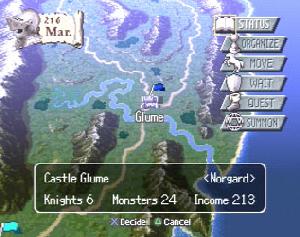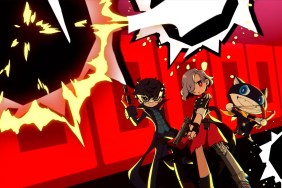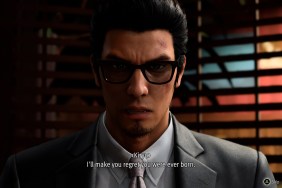Simple, yet so complex…
While in some games, like fighters and platformers, gameplay is the supreme factor
for determining a game’s worth, RPGs and strategy games have always been judged,
at least in part, by the quality of their story. Even games with less than innovative
fighting systems, such as the Final Fantasy series, have become recognized
as great RPGs because of their stories, while some games with more innovative
systems, such as Breath of Fire III, have
been doomed to failure because of their bad plots. Brigandine, the latest
strategy-RPG from Atlus, has some of the best gameplay I’ve ever seen, but it
also has one of the worst, most incomplete stories that exists in the genre.
The
continent of Forsena contains 6 countries: Norgard in the north, New Almekia in
the west, Caerleon in the southwest, Iscalio in the southeast, Leonia in the east,
and the Esgares Empire in the center. All of the countries except for Esgares
are playable (unless you want to cheat…),
each with their own strengths and weaknesses, adding all kinds of replay value
to the game. The game begins when Admiral Zemeckis assassinates the King of Almekia,
establishes the Esgares Empire, proclaims himself Emperor, and sets out to conquer
the continent. You, as the leader of one of the 5 other countries, set out to
defend yourself from Esgares and later conquer the continent for a more benevolent
ruler… yourself.
You begin the game with a handful of castles, some Mana for summoning monsters,
a few monsters, and some Rune Knights. Rune Knights are humans with the ability
to control monsters, essentially your generals. Each Rune Knight has a certain
amount of Rune Power, which determines how many monsters he can control and how
powerful they can be. For example, while a dragon can eat a giant scorpion for
lunch, a dragon takes up 75 rune power while a giant scorpion only takes up 20,
meaning that you can have 4 scorpions for about the cost of a dragon. There are
19 basic monster classes in all, and monsters can transform into more powerful
beasts every 10 levels they gain (dragon turns in to red or white dragon, centaur
turns into high centaur, etc.). Between all of the different types of monsters,
not to mention the individual Rune Knight’s abilities, there’s a tremendous amount
of flexibility in building your army.
The game itself is totally nonlinear. Any castle adjacent to a castle you
control is fair game for an attack, but since you have a limited number of Rune
Knights, you have to be careful not to over-extend your forces. Another important
aspect of the game is questing. You can send any of the Rune Knights you control
on a quest. Although you can’t use the Knight for the duration of the quest, the
results of the quest generally make his absence worth it, like finding a new item,
getting your stats increased, or even finding a new Rune Knight. However, the
non-linearity of the game leads to its greatest problem, the story.
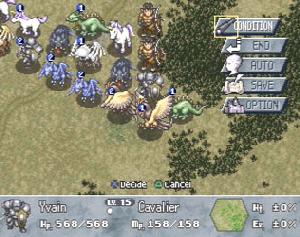 Over
Over
the years, there have been some RPGs with pretty damn bad stories, including Breath
of Fire III, Final Fantasy Mystic Quest, Wizardry V and The
7th Saga. As terrible as they might have been, none are worse than Brigandine.
Brigandine’s “story” consists of short sequences of dialogue that occasionally
pop up after every turn on the world map. Rarely are they interesting, even more
rarely do they pertain to the game. Often, with seemingly important events, the
matter is either totally ignored after the “story sequence” or resolved a few
turns later, and THEN ignored. Although I can appreciate the difficulty of writing
a good story for such a non-linear game, I really expected more from Atlus, makers
of Kartia and Persona, both of which had great stories.
Graphically, the game’s best aspect is also it’s greatest problem. Tactical
battles are fought on a hex based, polygonal battlefield with armies consisting
of sprite characters with simple two or three frame animations. When monsters
or Rune Knights attack each other, however, the game switches to a fully polygonal
fight sequence between the two units. All of the Rune Knights look great in 3D,
especially the samurais and the mages, and most of the monsters look pretty good
too. What is really striking about the 3D fights, however, is how the monsters
were actually drawn to scale. A pixie looks suitably pathetic when compared to
a white dragon, and a battle between a tiamat and a bahamut is truly climactic.
However, the problem with the polygonal fight sequences is that each and every
one of them takes upwards of 30 seconds apiece, meaning you need a calendar to
time some of the fights. Although you can turn off the 3D fights, the game just
feels like it’s missing something without them. All that happens without the 3D
animation is a dull thwack and a number pops up from the monster indicating damage.
It’s really a shame Atlus didn’t put in a button to cancel the 3D animation so
you could choose the fights you want to watch
If Atlus had put some more effort in to the story corrected a few easy to
fix errors, Brigandine could have been an absolutely spectacular game. However,
as it is, we’re left with a reasonably good game with so much potential for greatness.
If you’re looking for a game with complex, involving gameplay, look no further
than Brigandine, but if you’re looking for something with more story, skip
this one and pick up Final Fantasy Tactics or Kartia.
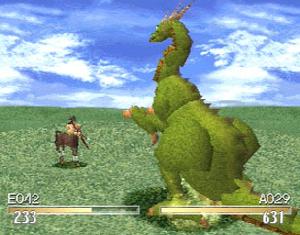
-
Phenomenal gameplay
-
Totally non-linear
-
3D animations look good...
-
but take forever to complete
-
Absolutely pitiful story
-
No 2 player mode
